LAND
ART
International programme
on the future of land art
LIVES
on the future of land art
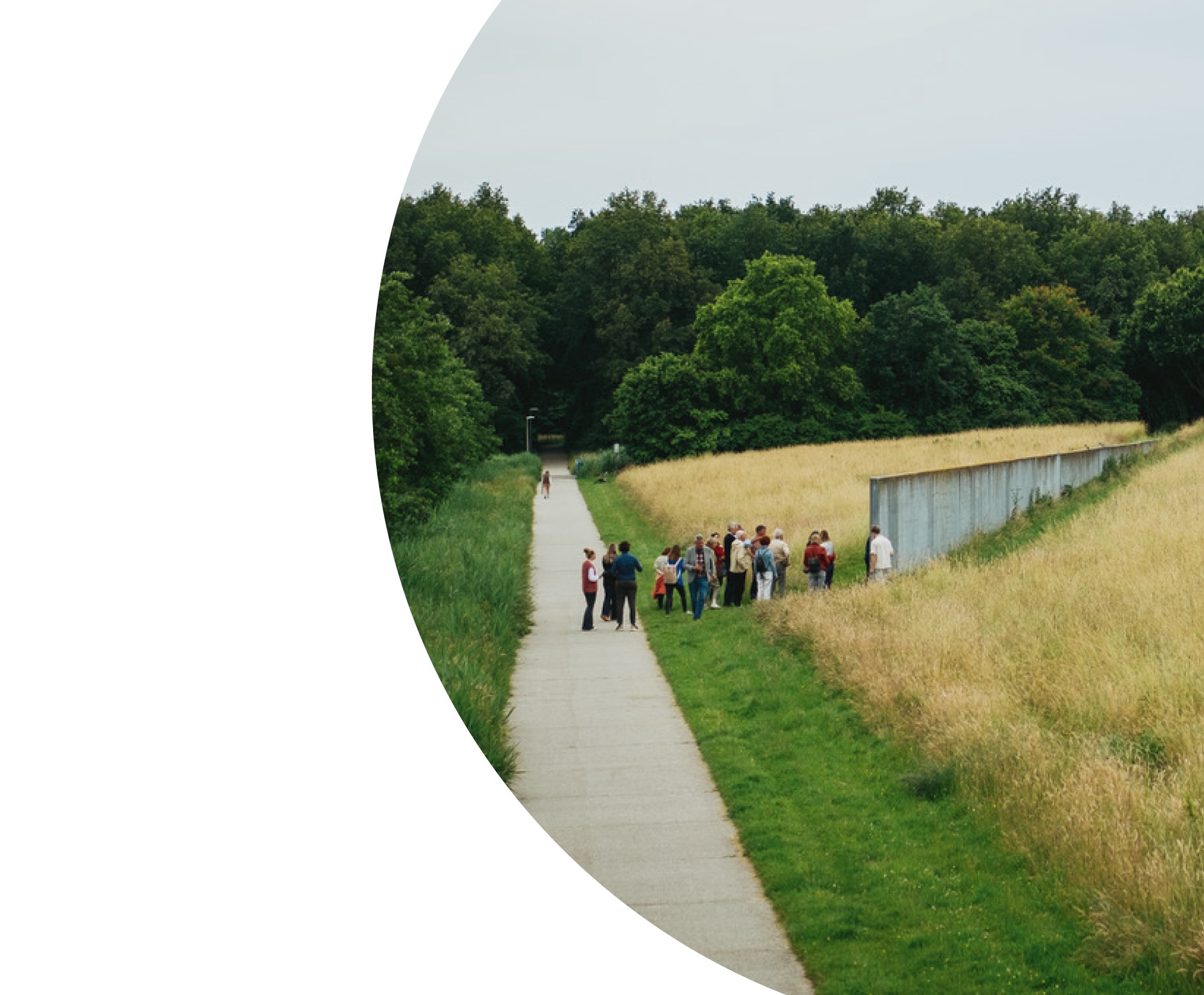
Land Art Lives is an ongoing international program and growing network on the future of land art, zooming in on issues surrounding existing, original works of art as well as new forms of land art.
The program focuses on the development, presentation and protection of land art as an art form, providing a platform for collaboration, knowledge development and exchange between artists, designers, owners, managers, stewards, researchers, policy makers and the public.
The Land Art Lives website is a growing online knowledge resource, with announcements, reports, land art news and in-depth articles. Continue reading...
Subscribe to the Land Art Lives newsletter
Reports
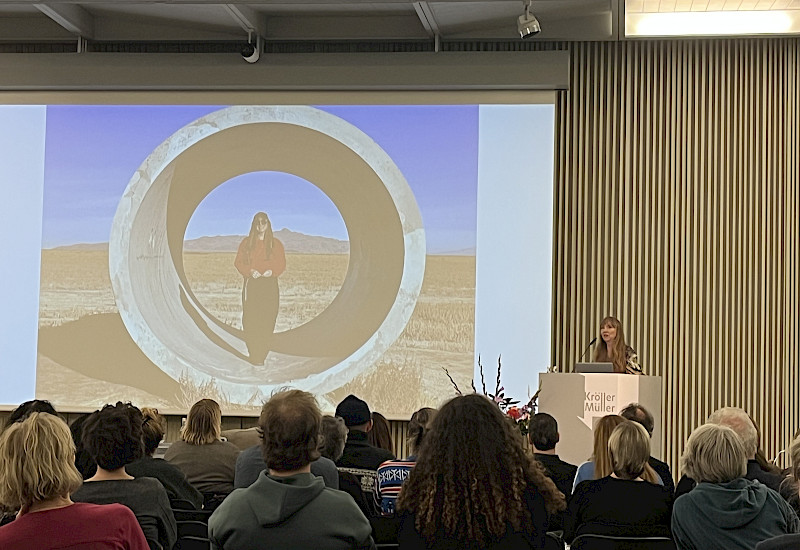
11 October 2025
Terugblik op de lezing met Susan Philipsz
Kijk de livestream terug en lees het verslag van Marjolein Sponselee
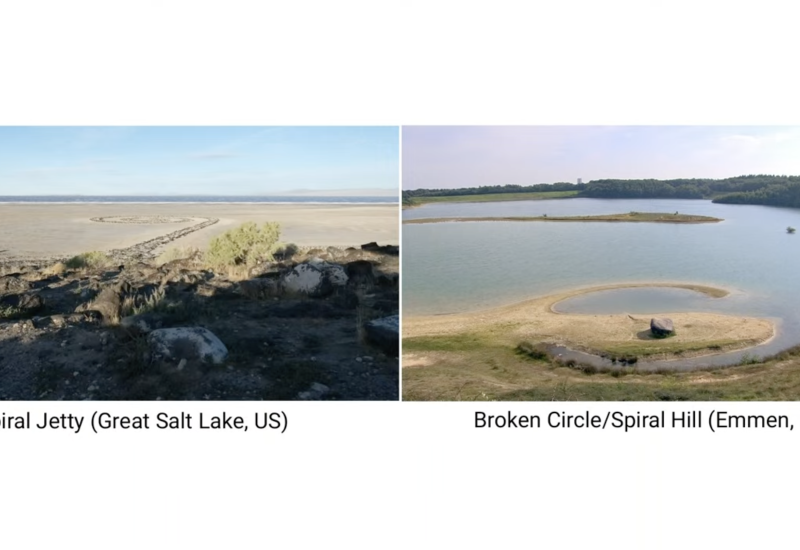
10 September 2025
Looking back on the Robert Smithson livestream 2025
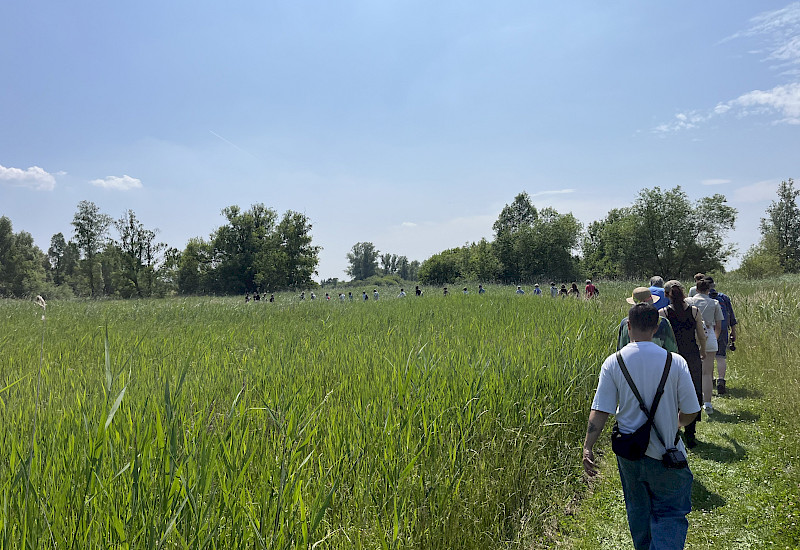
13 June 2025
Forgotten lives of land art. Report of the Hidden tour
Report Hidden Tour by Marjolein Sponselee

15 April 2025
Time for a different story, report on Claiming Land
by Marjolein Sponselee
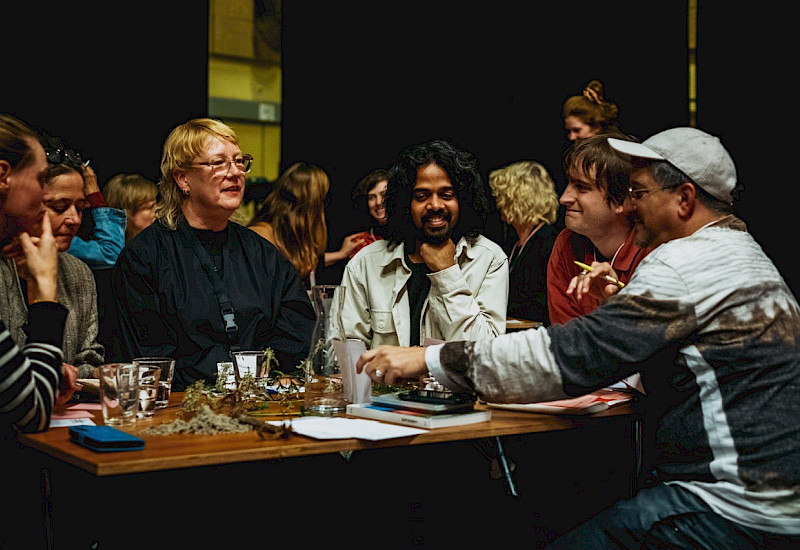
3 October 2024
Reflection on a sold-out first international conference on the future of Land Art
Conference report Land Art Lives 2024, written by Anne Louïse van den Dool, the aftermovie by Beeldkrakers and the integral video recordings of the presentations by Vidépro.
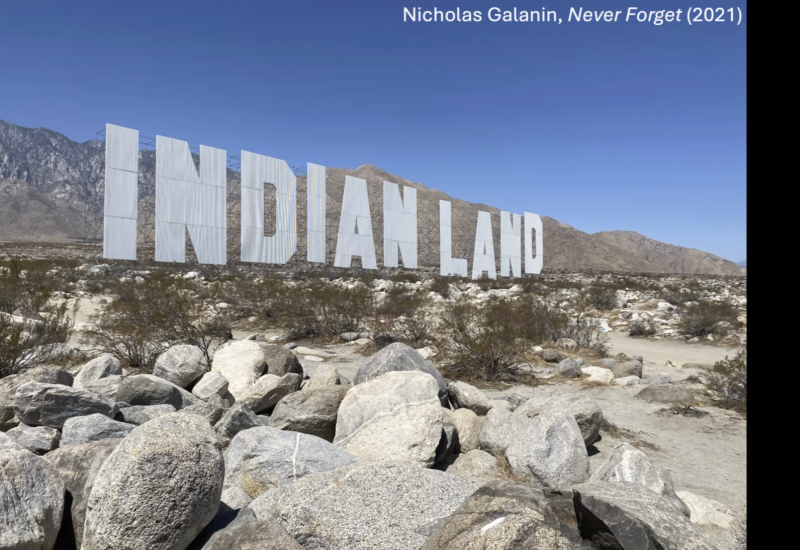
17 September 2024
Land art as colonial practice
A written report on Claiming land for art, claiming land through art (September 17, 2024) by Anne Louïse van den Dool, and a aftermovie by Beeldkrakers
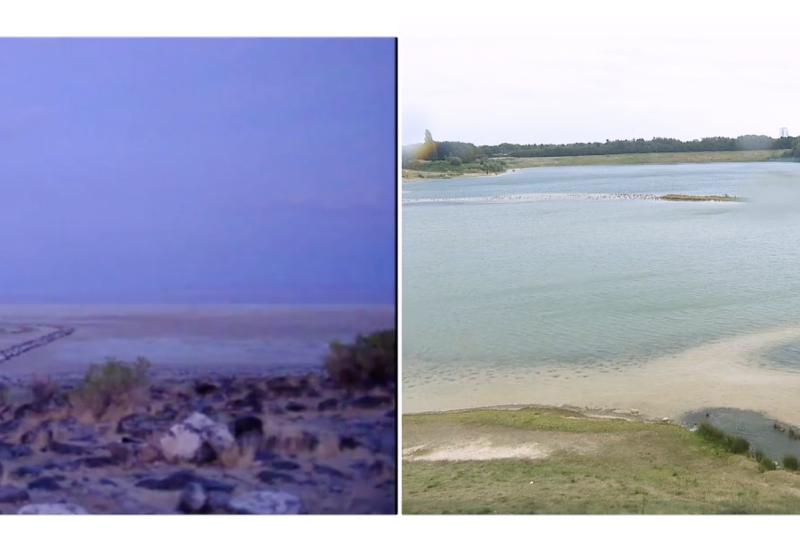
10 September 2024
Looking back on: From Dawn till Dusk 2024
Comments from online viewers and stills from the livestream
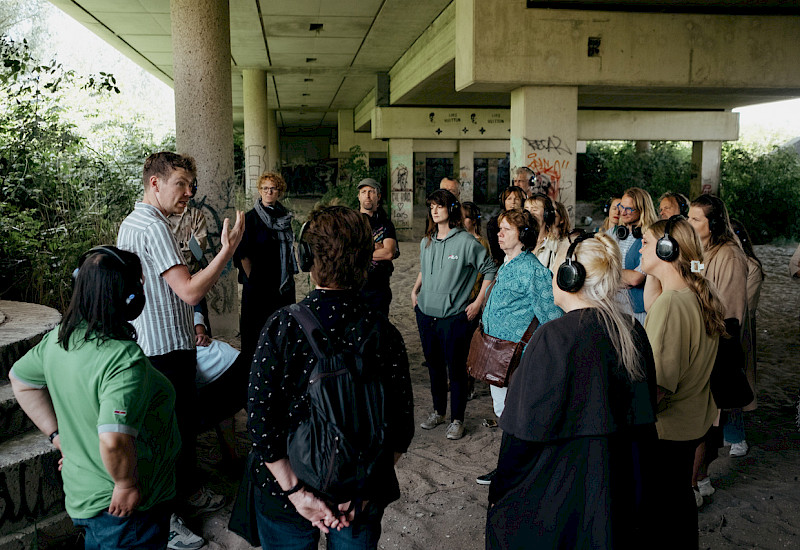
11 July 2024
Flevolab Tour X Land Art Lives explores new possibilities for land art
Retrospective Flevolab Tour X Land Art Lives on July 11, 2024 by Anne van den Dool
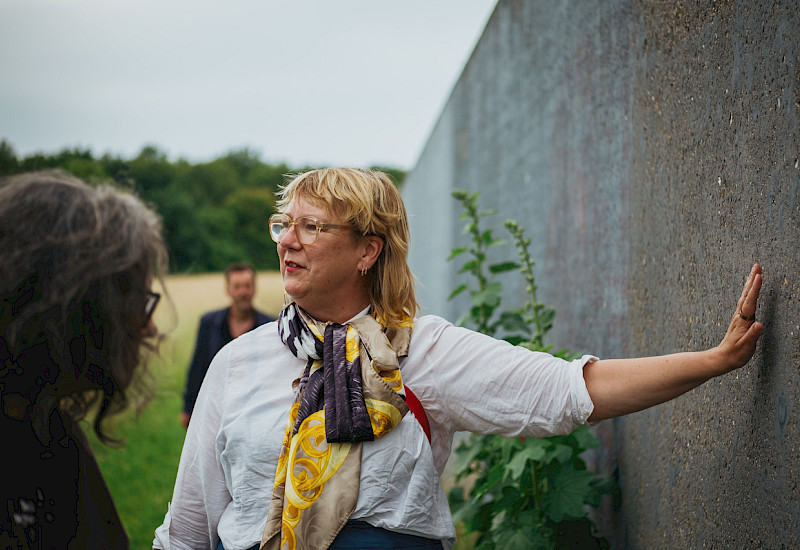
20 June 2024
Art in public space viewed through a heritage lens
Report of platform meeting with the RCE on June 20, 2024 in Zeewolde
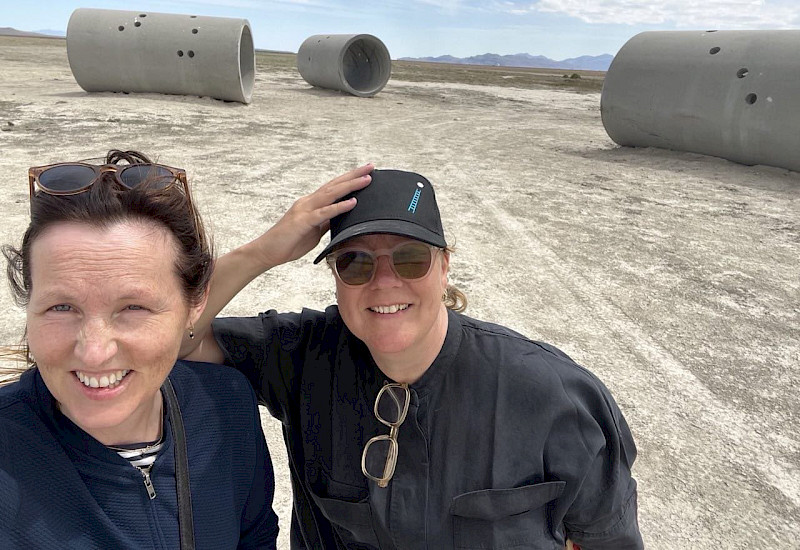
26 April – 25 May 2024
Impressions of the journey along land art
Short reports and (visual) impressions of a preparatory trip to land art in the US
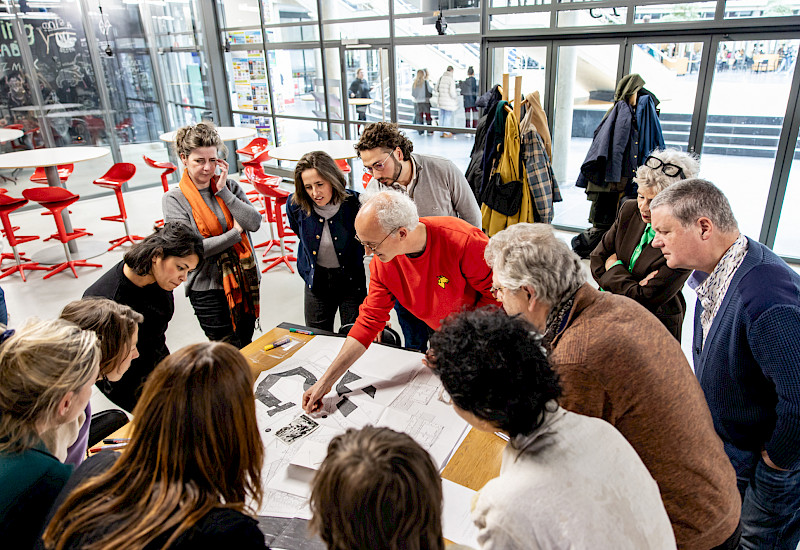
25 March 2024
Experimenting with emotion networks during the first session of the Land Art Lives pre-program
Report of the meeting at Stroom, The Hague on April 25, 2025, by Anne van den Dool
Program 2025
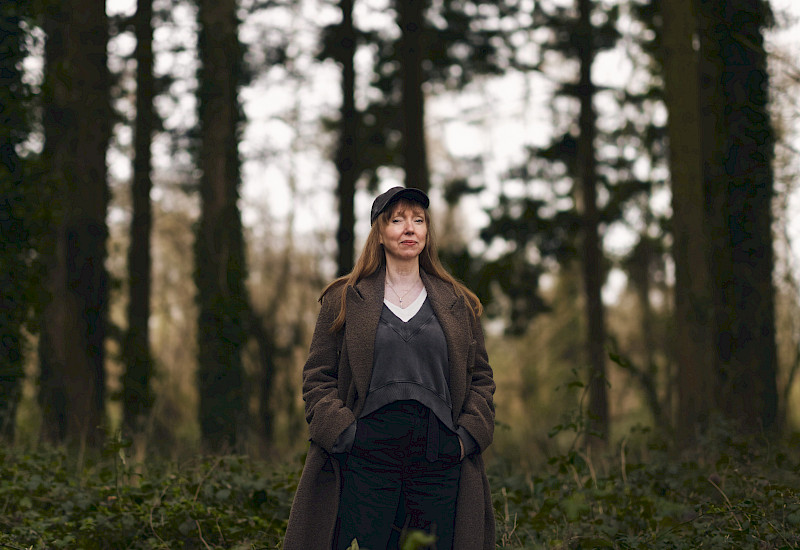
11 October 2025
Holt/Smithson Foundation Annual Lecture with Susan Philipsz at the The Kröller-Müller Museum
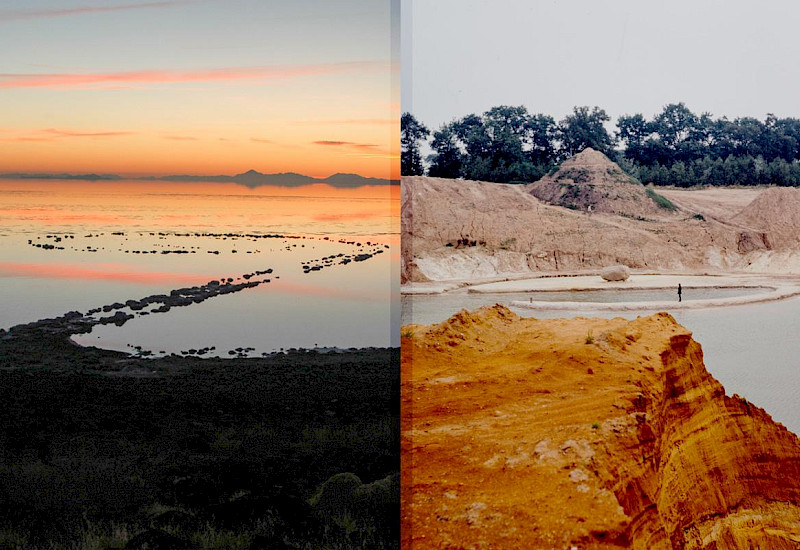
10 September 2025
From Dawn till Dusk (Episode 2). An online encounter between two earthworks by Robert Smithson
The livestream is finished, thanks for watching!
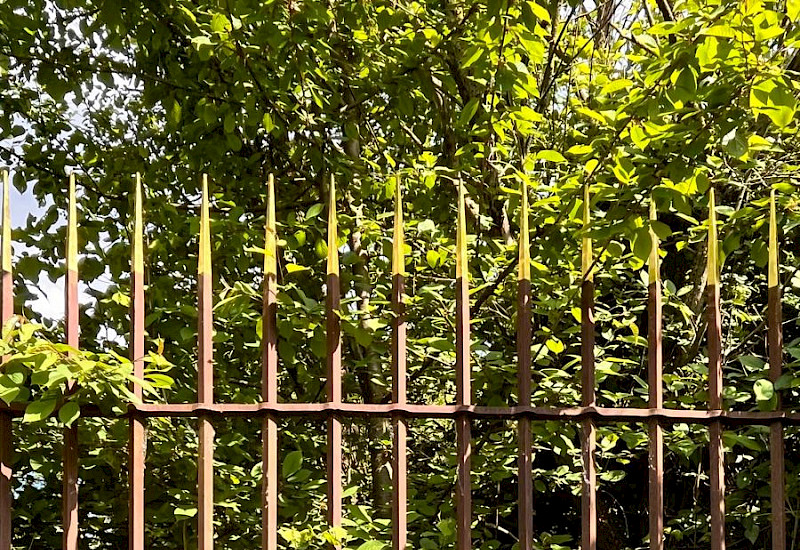
13 June 2025
Hidden – a Land Art Lives tour to unknown or hidden Land Art in Flevoland
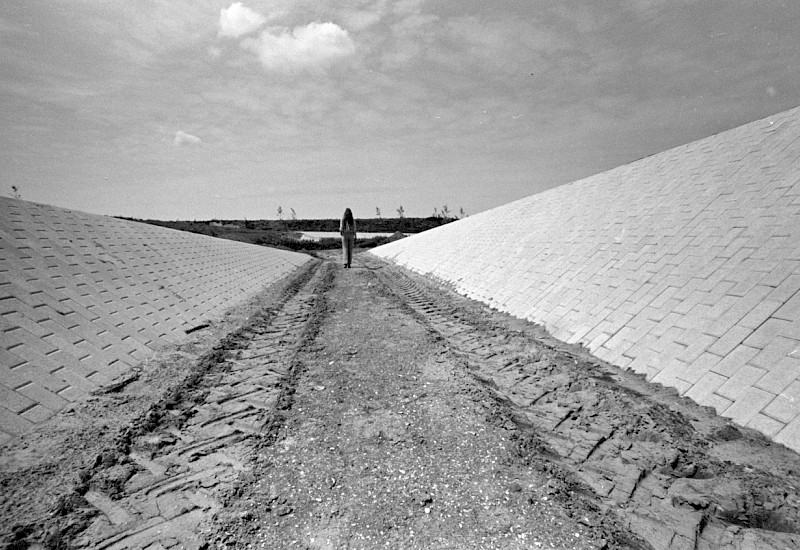
15 April 2025
Expert meeting - Claiming land in Flevoland
News & blogs

24 July 2025
Aftermovie and report on the Hidden tour are available online
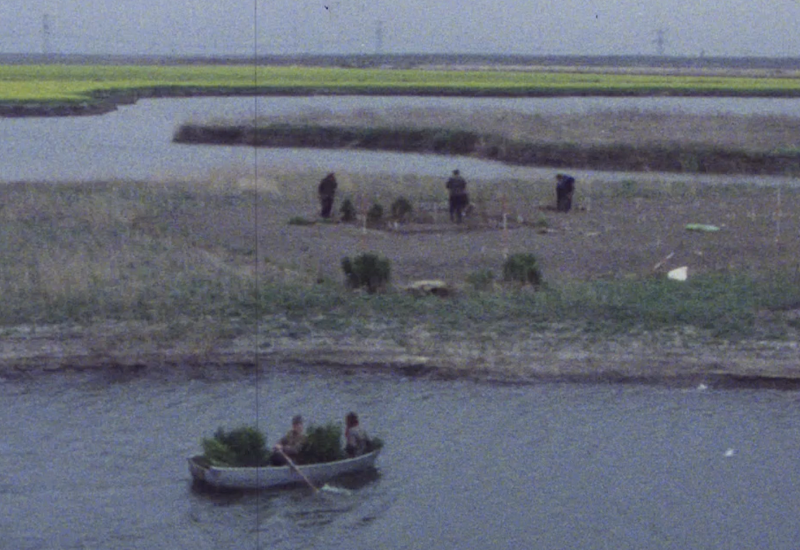
15 April – 30 November 2025
Upcoming: activities in 2025

Riccardo Venturi on the virtual meeting between Robert Smithson's Spiral Jetty and Broken Circle/Spiral Hill
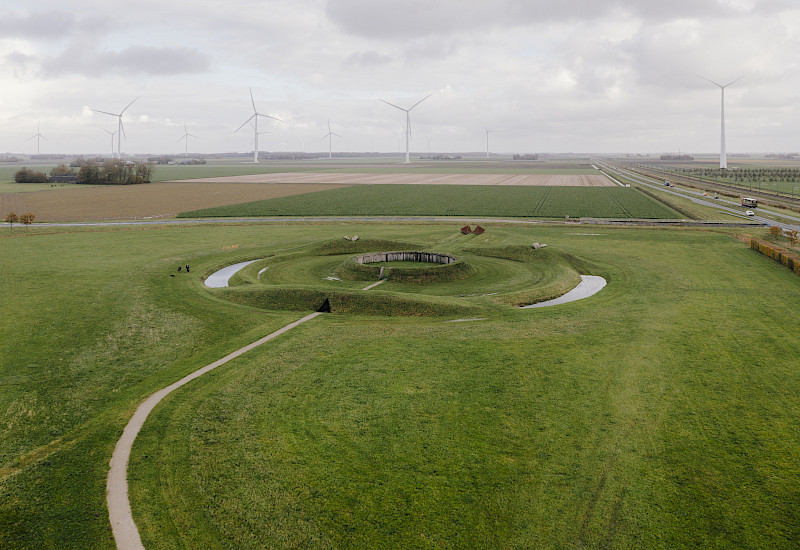
10 February 2025
Review Claiming land for art, claiming land for art at Archined
Article by the architect curator and writer Nishi Shah
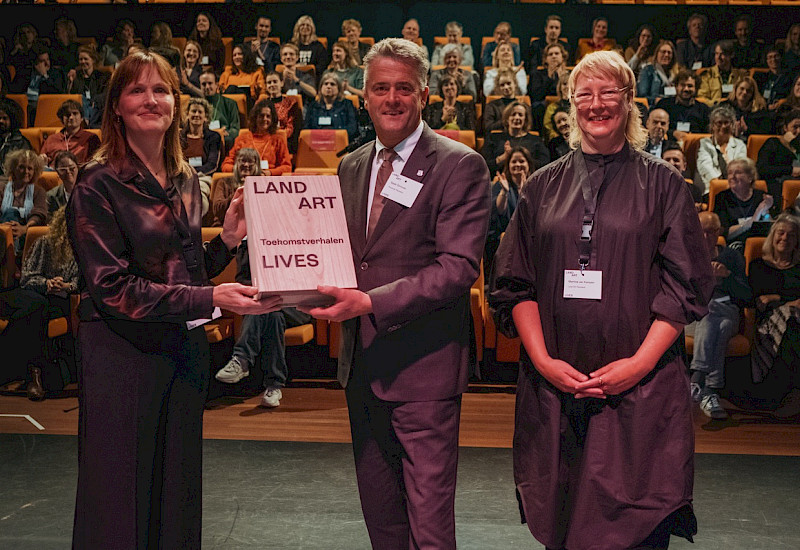
8 October 2024
Internationale conferentie Land Art Lives over landschapskunst een groot succes
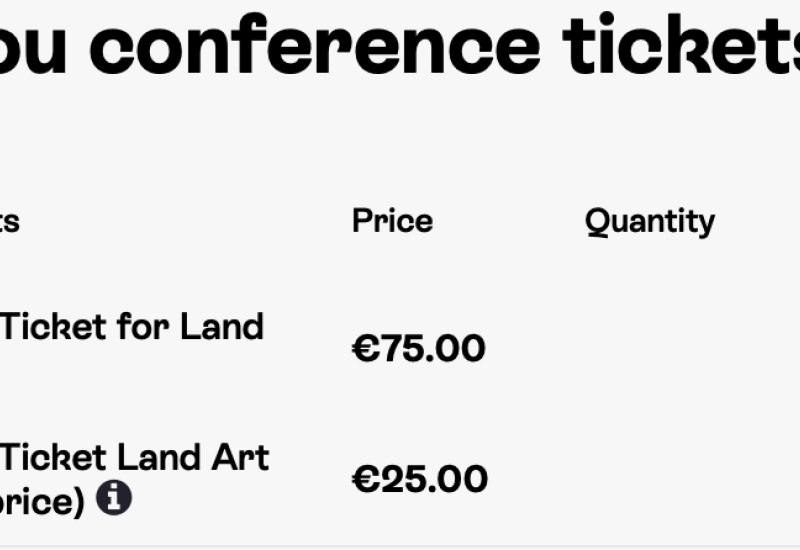
30 September 2024
Conference tickets are sold out
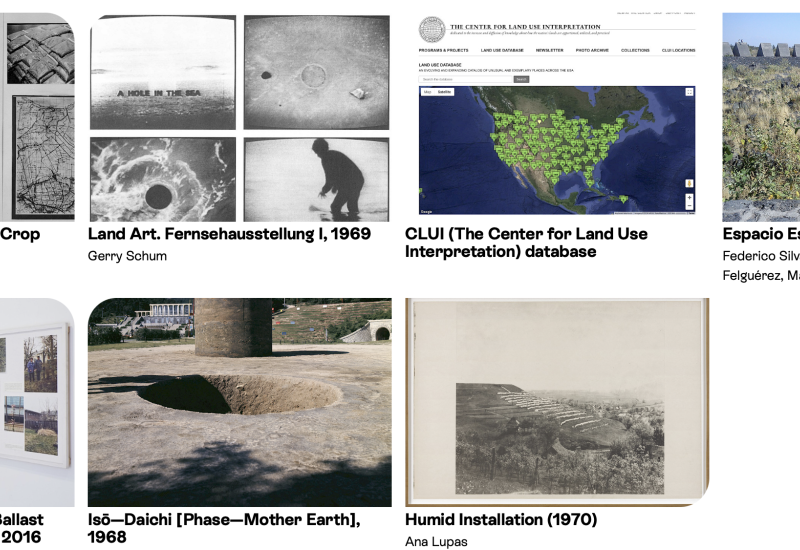
7 September 2024
'This is land art too' added to the site
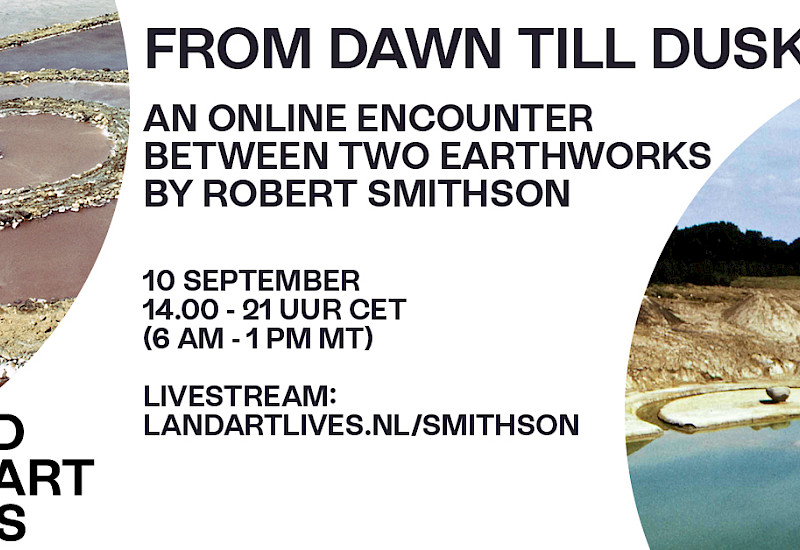
2 September 2024
New: livestream connects two iconic earthworks by Robert Smithson

19 May 2024
Travelogue: Sun Tunnels by Nancy Holt
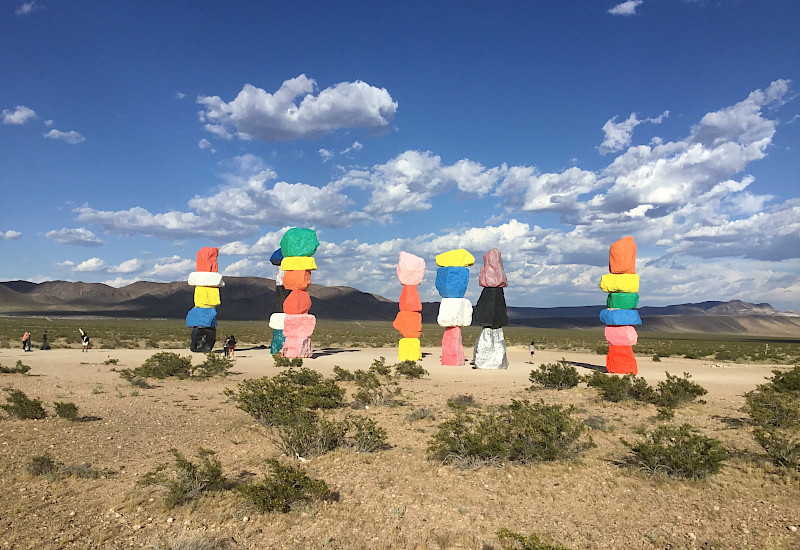
16 May 2024
Travelogue: Seven Magic Mountains
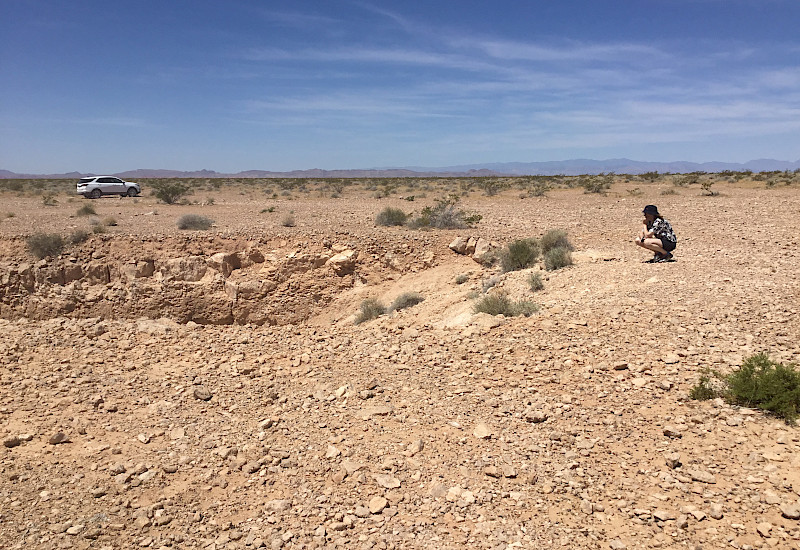
16 May 2024
Travelogue: Double Negative by Michael Heizer
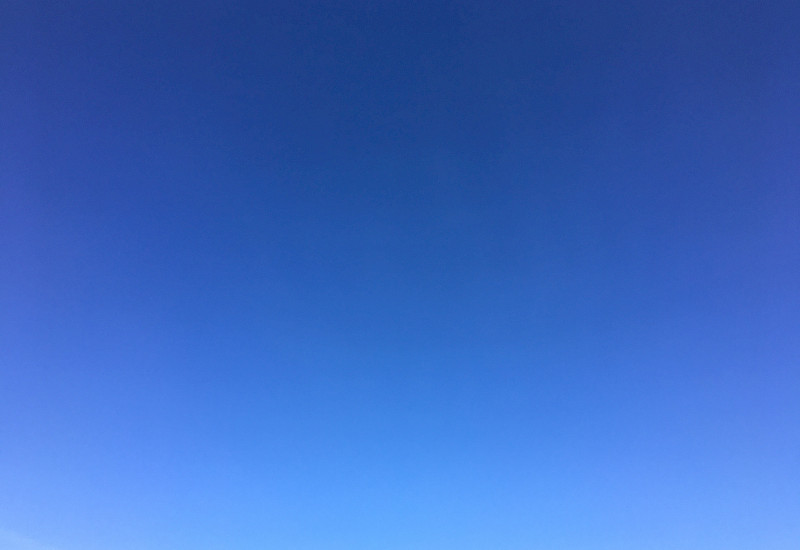
7 May – 8 May 2024